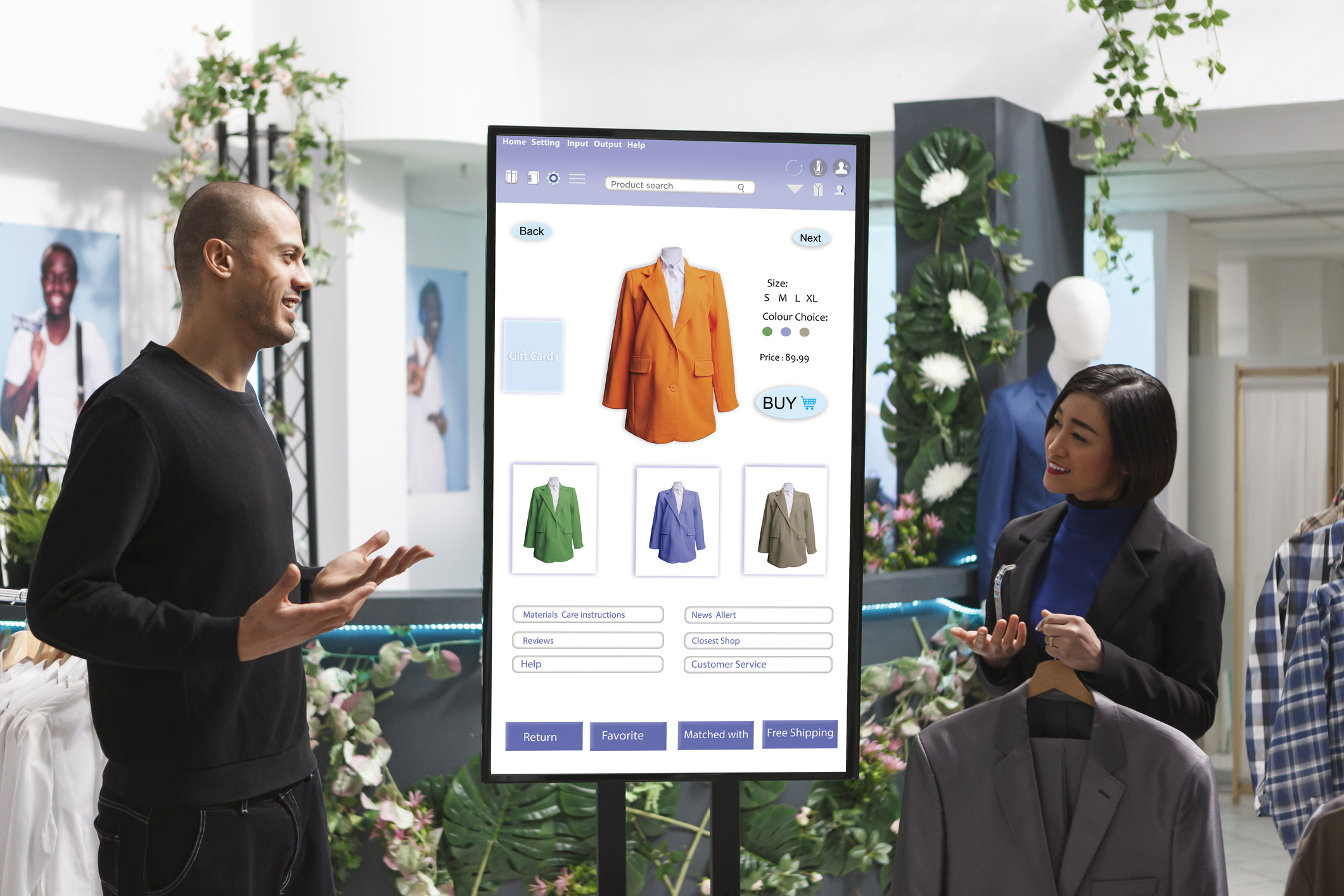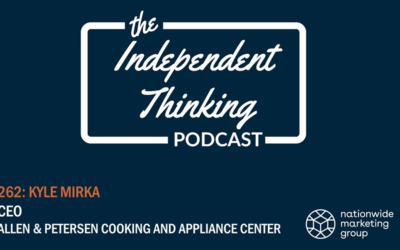What is adaptive retail and why should retailers take note of this growing trend in consumer shopping habits?
We may not like them very much, but Walmart did the hard work for us by surveying U.S. consumers and releasing their findings in the mega retailer’s first-ever State of Adaptive Retail report, published in July 2024. While some of the report’s results are specific to grocery and apparel retailers, we pulled out several key takeaways and trends that apply directly to the Independent channel, including:
- Hyper-specific product recommendations
- Convenience to shop anytime, anywhere
- Convenience through automation
- Products and brands that adapt to their unique needs
Now, let’s dive into the data that reinforces each trend.
Hyper-Specific Product Recommendations
According to Walmart’s report, 48 percent of respondents are interested in receiving suggested items based on personal preferences. In a culture where choice overload is the norm, consumers are finally feeling the effects and are desperate for simplification. Retailers that can confidently match shoppers to products using data, technology and good old-fashioned listening will thrive in this era.
Convenience to Shop Anytime, Anywhere
Eight out of 10 survey respondents reported making at least one online purchase while multitasking in the past six months. Over half (56 percent) completed a purchase while watching TV, 38 percent while on social media and 21 percent while doing daily tasks.
The survey also revealed that consumers want the perks of in-store shopping while making a purchase online. And on the flip side, they want the convenience of online shopping while in-store.
Top in-store experiences shoppers want online:
- Ability to receive purchased items immediately (48 percent)
- Ability to touch and feel products while browsing (47 percent)
Top online experiences shoppers want in-store:
- No wait in checkout lines (45 percent)
- Ability to shop 24/7 (42 percent)
- Option to easily search all available items that are in stock (28 percent)
Convenience Through Automation
The lines continue to blur between in-person and online shopping, with features like in-store kiosks, mobile checkout, online “try before you buy” programs and same-day or within-the-hour delivery continuing to increase in popularity. Walmart’s report predicts that, “[as] consumers become increasingly comfortable with tech-powered choices, consumers will become more channel agnostic.”
Auto-subscriptions to replace household items at the consumer’s preferred time interval are also on the rise — anything from refrigerator water filters and furniture polish to outdoor cooking products like rub and charcoal or pellets for the grill. When it comes to replenishment, convenience is king and technology provides it.
Products and Brands That Adapt to Customer Needs
Speaking of technology, 57 percent of survey takers were interested in using a tech-feature to visualize how a product would look in their home before purchasing. While you could call that a convenience, it is also an example of how brands can evolve by listening to customer feedback.
Truly, you could argue that all of the above falls into this category of adapting to meet customer needs. In this age of adaptive retail, that is the ultimate key — regardless of how retailers go about it.




